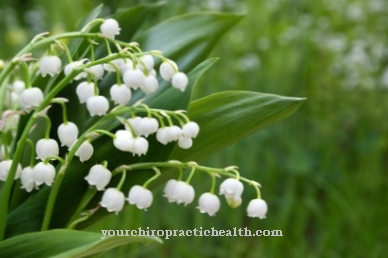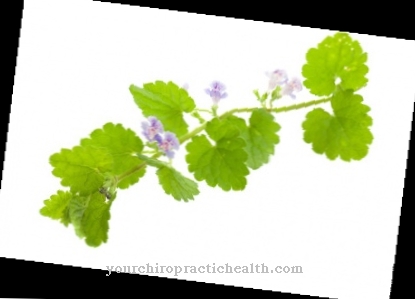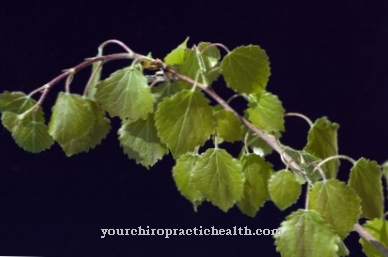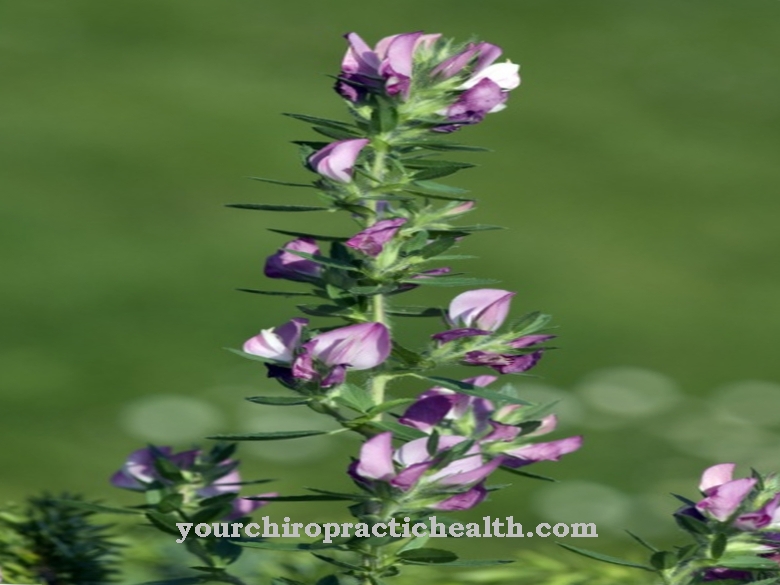Occurrence and cultivation of woad

The name already gives it away. Of the Woad, often short Woad called, was used as a raw material for dyeing fabrics, especially linen. The blue dye indigo comes from here. The history of Isatis tinctoria goes back to antiquity. From Caesar's notes on his campaigns it is known that the Celts and British painted their faces with a blue-green dye in order to face the enemy in battle as fearfully as possible.
Corresponding finds in Dragonby, England, in the north of North Lincolnshire, indicate that it must have been woad. The textile color from the plant, which was considered the king of dyes, played a central role in the coloring of medieval clothing. It has its origin in West Asia, but came to Europe in ancient times. Woad was cultivated in England, southern France, Alsace and Germany well into the 17th century.
Whole cultivation areas became wealthy through the cultivation of woad. The city of Erfurt in Thuringia, where huge areas of cultivation had stood since the 9th century, became so prosperous that it was able to lay the foundation stone for its university. The Thuringians delivered their woad to the then cloth city of Cologne and exports to Great Britain and the Netherlands via the port cities of Bremen, Lübeck and Hamburg. However, Indian indigo overtook woad because it provided about 30 times more dye.
The herb was completely forgotten with the manufacture of a synthetic indigo at the end of the 19th century. Today Isatis tinctoria is an overgrown plant, but can still be found all over Europe. It grows on rocks, in vineyards, on slopes, in quarries and in weed corridors. The woad is quite undemanding and likes dry, nutritious, calcareous soil. The plant grows up to 1.80 meters tall and has tiny yellow flowers from May to July. Black-brown pods with the seeds develop from them in autumn. The vegetative propagation of the herb takes place through the root shoots.
Effect & application
Even when woad no longer played a role in the production of the textile dye indigo, the plant retained its importance as a medicinal herb. Traditional Chinese medicine has sworn by its healing properties for 3000 years. The Chinese used the root (Isatis Radix) of the herb against flu infections, mumps and measles. When the SARS epidemic broke out in China in 2003, woad, which the Chinese call Banlangen, was used against the infectious disease caused by a previously unknown coronavirus.
However, an evidence-based effect against viruses has not yet been proven. Nevertheless, homeopathy also relies on woad against certain viral diseases. Hahnemann also administered the leaves of the plant against worms, jaundice and melancholy during his lifetime. Hahnemann also observed horses suffering from druse, a highly contagious bacterial infection, that they chewed the herb and showed relief from their symptoms.
The assumption is that the mustard oils developed their antibacterial effect here. Recent research has shown that the herb contains large amounts of the cancer-preventing glucobrassicin, 20 times more than broccoli. The cancer-inhibiting effect affects breast cancer in particular, as glucobrassicin is able to neutralize toxins in the organism, especially estrogen derivatives.
Such results confirmed the naturopaths who knew about the cytostatic effects of woad as early as the Middle Ages. Hildegard von Bingen also valued woad as a medicinal herb. She made a brew from the plant, mixed it with vulture fat and deer tallow, and made an ointment from it, which she applied to her patients against paralysis.
Importance for health, treatment & prevention
Today Isatis tinctoria is also gaining more and more importance in other areas. It is often a component of cosmetic products for stressed skin. The use of woad in wood processing is valued for its fungicidal and insecticidal properties. It can be used effectively against longhorn beetles and cellar sponges and is therefore used for biological wood preservatives.
The plant is also often found as an ingredient in organic paints. There are also many possible uses for the woad plant in natural medicine. The whole plant is used: leaves, flowers and roots. A bitter liqueur against colds can be made from the roots. With a tincture of dried leaves, psoriasis patients are treated with considerable success. Lichen and eczema also respond very well to woad. Oils pressed from the seeds are effective against a variety of skin diseases.
The valuable glucosinolates (mustard oil glycosides) make woad a natural antibiotic with antimicrobial properties against bacteria and fungi. It is primarily these oils that are pharmaceutically effective, for example against gastric ulcers and gastrointestinal problems. The herb can also be used to lower fever, to stop bleeding in smaller wounds, to combat inflammation and to strengthen the immune system.
To gargle against sore throats and coughs, a tea is made from roots or leaves. It can also be used to treat fungal infections of the oropharynx. The fresh leaves of woad have a blood purifying effect in spring salad. And in autumn the seeds provide a delicious cooking oil.




.jpg)























